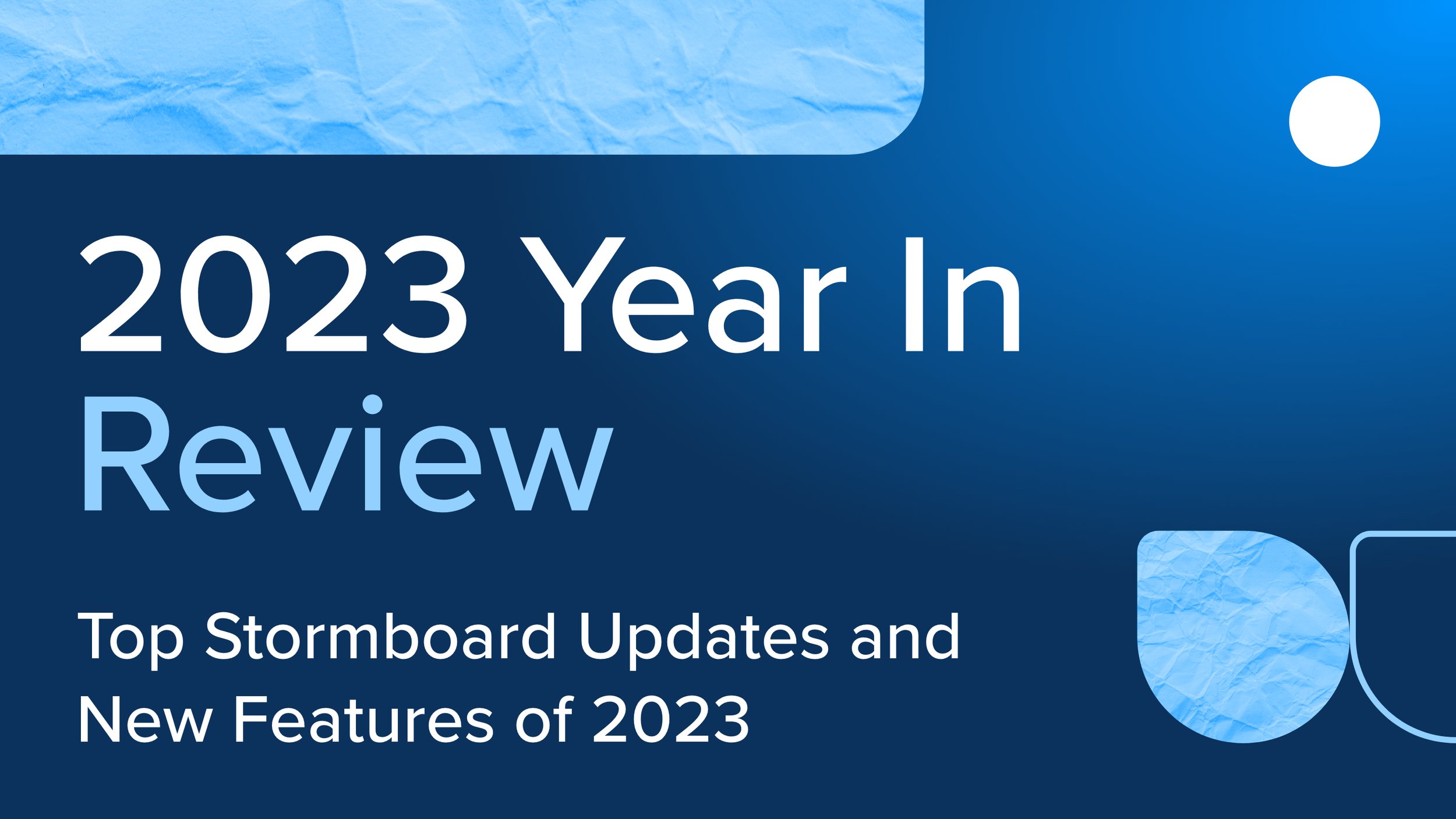Your Guide to Holding a Better Board Meeting
Traditionally, a board meeting is a formal meeting where specific, high priority topics are covered by those who are in attendance. The word “board” refers to the board members of an organization (and not the boardroom, whiteboard, etc.), but these meetings are often attended by other members of the organization — employees, managers, stakeholders — depending on the topics being discussed.
What makes a board meeting different than a regular meeting?
Other than those in attendance during the meeting, a board meeting tends to be more formal and follows a specific process and/or agenda.
Because of the nature of the topics being covered, it is essential that detailed meeting minutes are taken, as reports are sent out to the attendees (and anyone that missed the meeting) the next day.
10 things to cover in a board meeting
Give introductory remarks
Start the meeting with a few introductory comments, give an overview of what is going to be covered in the meeting, and welcome everyone in attendance.Review materials
Go over any materials that everyone needs to read/know about before the meeting even starts. This might include legal documents, important press, articles about a specific topic, etc.Take attendance
Make sure you note everyone who is in attendance at the meeting.Note who is absent
It is also important to note who is not in attendance. You may want to follow-up with these people later, or at least make sure they receive a copy of the meeting minutes.Review old business
You need to make sure to review anything that was not resolved in your last meeting, or that was noted to come back to or follow up with (this will usually be noted in your previous meeting’s minutes).Present the committee/team reports
This — often one of the lengthiest parts of a board meeting — is when a representative for each committee, or team, gets up and gives a brief overview of the work that has been done, money spent, issues that have come up, etc.Go over new business
Anything new that needs to be discussed or decided on typically happens after the committee reports. This can be anything from proposals for new projects to legal issues to building maintenance issues.Review the treasurer’s report/budget
Someone who is designated the “treasurer” or who is in charge of the budget will present where the company is at financially and whether there is any room in the budget for new projects that have been presented.Address anything that has come up during the meeting
If any questions, new business, or concerns arose during the meeting that were not on-topic, you might want to table them until the end to address if there is time, or add to the agenda for your next board meeting.Make sure meeting minutes are complete and sent out
If taking meeting minutes manually, check-in with the person writing/typing them to make sure they have got all the information they need or if they need clarification on anything. If using a digital tool, like Stormboard, you will be able to forgo manual meeting minutes by using the Reports and Exports tool. You can export all of your data into a Word report, PowerPoint report, Excel document, jpeg, and more!
Stormboard’s Board Meeting template
To make your life a little bit easier, Stormboard has a pre-made Board Meeting template that has sections covering all of the points discussed above.
Using a digital template like this ensures that your meeting is streamlined, well-organized, and that nothing is missed. It also makes your meetings more interactive — everyone can be an active contributor from their own device — let’s remote employees be a part of the meeting, and gives you a workspace that you can come back to again and again (no more erasing a whiteboard after every meeting!).
When the meeting ends, the reporting feature allows you to compile all of the work, decisions, assigned tasks, and action from your meeting instantly and export it into a professional report that can be collaboratively edited and then shared immediately with participants, management, or key stakeholders. Check it out in the video below.
Get Started!
Do you have an important board meeting coming up? Or, are you interested in trying out Stormboard’s templates or advanced reporting features? Sign up for a FREE Trial of our Business or Enterprise subscriptions now!










